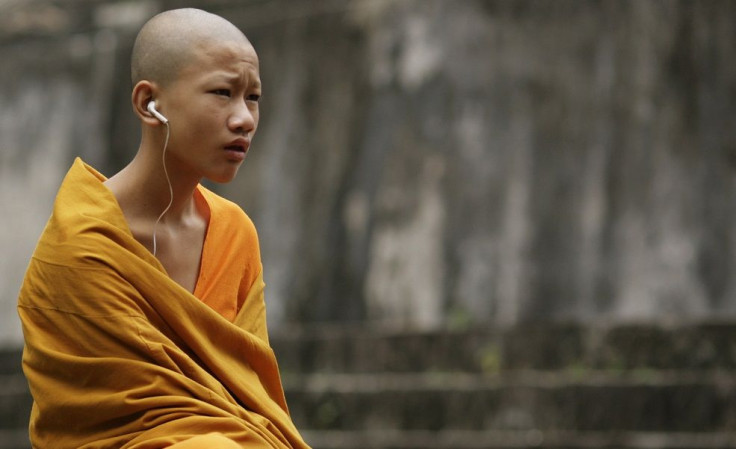Laos Economy Is Set For Boom Years Ahead As Increased Infrastructure Helps Expand Trade And Tourism

Laos, the third poorest country in Southeast Asia after Myanmar and Cambodia, is intent on catching up with its wealthier neighbors as infrastructure develops in the region, facilitating trade with Thailand and China, attracting foreign investment and boosting the country’s tourism industry.
For years, Laos, a landlocked country with a population of 7 million, lagged behind in economic development as its export-driven neighbors benefited from coastlines and their harbors flourished.
That may be changing now that the Southeast Asian economies are moving toward a unified trading entity, and, as China develops roads and rail links into the region, according to Bangkok Post, a Thai newspaper.
In the coming years, Laos is likely to find itself occupying the pivot point between these two large economies -- China with its 1.3 billion population and $7 trillion economy and Southeast Asia with its 600 million people and $2 trillion GDP.
Currently, Laos’ per capita nominal gross domestic product, or GDP, is $1,400 -- less than half of that of China and Thailand -- but the country has plenty to offer, in terms of regional commerce, supply chains and tourism, according to the Bangkok Post.
With the rapid development of infrastructure, manufacturers can look to Laos as hubs of their production and ship finished products to China, Thailand and other countries.
The country is becoming more attractive to international investors, as wages in neighboring countries steadily climb, but remains low in Laos -- just $86 per month. Laos also boasts of a younger population than Thailand, which means a larger percentage of its citizens can participate in the workforce.
Recognizing the need for foreign investment, the government of Laos has been stepping up incentives for foreigners, granting equal rights to Laos and foreign investors, allowing foreigners to purchase real estate and giving corporate income tax exemptions of up to 10 years in select sectors.
The government’s goal is to double its current level of investment -- 16 percent of GDP -- more than 56 percent of which is expected to come from private-sector foreign sources.
Special Economic Zones, or SEZ, have also been established to attract foreign investment. Established in areas that link China and Thailand or Thailand and Vietnam, these zones offer investors the benefit of Lao labor costs but also exempt them from import and export duties, as well as offer a corporate tax holiday for the businesses’ first 10 years of profits, with a low tax rate of 8 percent after.
One such SEZ, the Savan-Seno Special Economic Zone, in Laos’ second-largest city of Savannakhet, already hosts 32 companies with a total investment of $90 million. Usually, these plants manufacture products such as electrical wire, processed foods, wood products, textiles, shoes and handbags. Japanese automaker Toyota is planning to establish an interior components plant in the SEZ.
Another Lao industry that is expected to boom in coming years is tourism. Laos already boasts of affordability, friendly people, mountains, forests and two Unesco World Heritage sites. Tourism grew by 17 percent per year from 2005 to 2012 and now constitutes the second-largest sector of the Lao economy after agriculture.
More than 60 percent of tourists arriving in Laos came from Thailand, and a large number comes from China, traveling by land. Other foreign tourists typically arrive in Thailand, then enter Laos by road. When high-speed trains connecting China and Thailand are in service in the near future, the commute between the Lao and Thai capitals will be as short as three hours, benefiting tourists and tourism-related businesses.
The Lao people have also shown themselves to be a robust and capable workforce. During the past five years, the Lao economy grew on average 8 percent per year, outpacing its Southeast Asian neighbors’ 6 percent average growth, mostly driven by foreign investment in large infrastructure projects such as hydropower plants and mines, the Bangkok Post reports.
© Copyright IBTimes 2024. All rights reserved.











